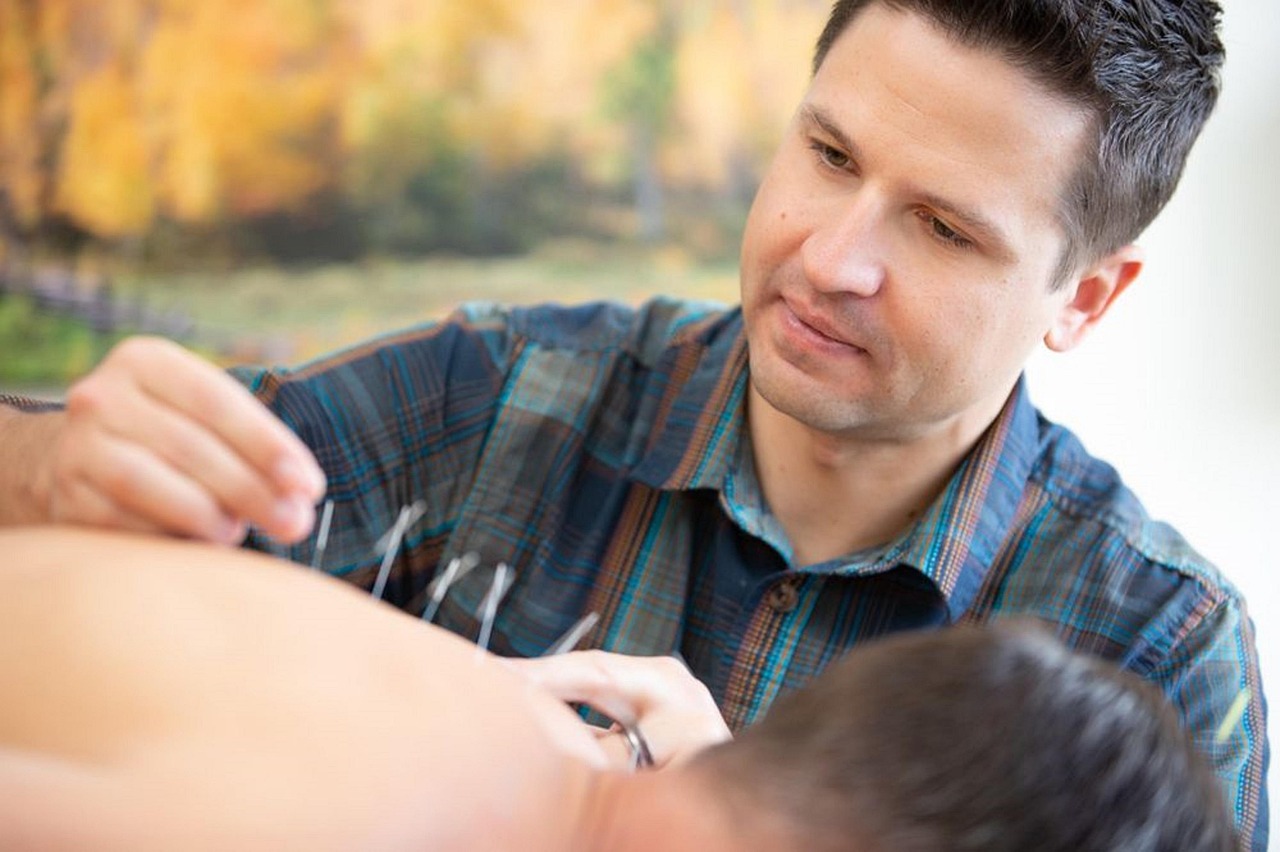Attachments
Note: Not all attachments are visible to the general public. Research URLs will go live after the embargo ends.

Journal/
conference: JAMA Network Open
conference: JAMA Network Open
Research:Paper
Organisation/s:
Kaiser Permanente Center for Health Research, USA
Funder:
This work was supported by grants UG3AT010739 and UH3AT010739 from the NIH Pragmatic
Trials Collaboratory through the NIH Helping to End Addiction Long-term (HEAL) Initiative, administered by the
NCCIH, with additional scientific support from the National Institute on Aging (NIA). This work also received
logistical and technical support from grant U24 AT010961 from the Pragmatic and Implementation Studies for the
Management of Pain to Reduce Opioid Prescribing Resource Coordinating Center from the NIH through the NIH HEAL Initiative and from grant U24 AT009676 from the NIH Pragmatic Trials Collaboratory Coordinating Center
from the NCCIH; the National Institute of Allergy and Infectious Diseases (NIAID); the National Cancer Institute
(NCI); the NIA; the National Heart, Lung, and Blood Institute (NHLBI); the National Institute of Nursing Research
(NINR); the National Institute on Minority Health and Health Disparities (NIMHD); the National Institute of Arthritis
and Musculoskeletal and Skin Diseases (NIAMS); the NIH Office of Behavioral and Social Sciences Research
(OBSSR); and the NIH Office of Disease Prevention (ODP).



 International
International


